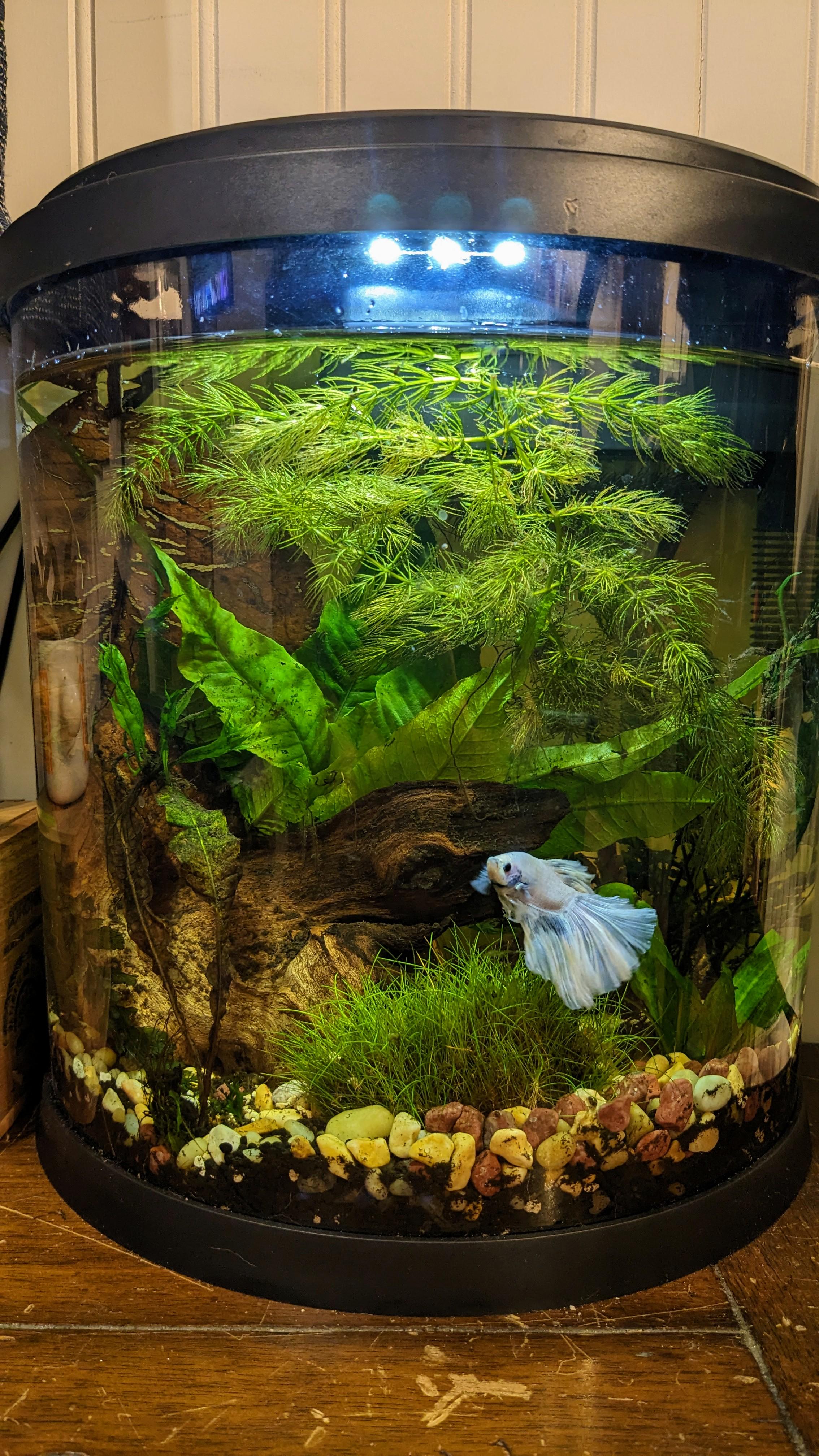
Top 5 Neocaridina Shrimp Colors for Your Aquarium in 2025
Neocaridina shrimp have taken the aquarium hobby by storm, becoming increasingly popular due to their vibrant colors and fascinating behaviors. These freshwater shrimp not only add a splash of color to your tank but also play a crucial role in maintaining a healthy aquatic environment. As you consider various neocaridina shrimp colors for your aquarium, it's important to understand their breeding, housing requirements, and care needs to ensure a thriving community. In this guide, we will explore the top five neocaridina shrimp colors for 2025, delve into their unique traits, and offer valuable insights on their care and compatibility with other tank inhabitants.
In addition to vibrant aesthetics, understanding shrimp color genetics is essential. The intensity and patterns of shrimp colors can vary widely among different neocaridina shrimp varieties. Whether you're drawn to the striking red of the Red Cherry shrimp or the serene elegance of Blue Dream shrimp, this article will provide comprehensive information on each color, their environments, and how to keep them healthy.
This journey into the world of neocaridina shrimp will cover the following topics:
- Top 5 Vibrant Neocaridina Shrimp Colors
- Breeding and Genetics of Neocaridina Shrimp
- Care and Maintenance Tips for Neocaridina Shrimp
- Suitable Tank Mates for Neocaridina Shrimp
- Common Health Issues and Their Solutions
By understanding these essential concepts, you'll be equipped to select the perfect colors for your aquarium while ensuring a healthy and stable environment for your shrimp.
Top 5 Vibrant Neocaridina Shrimp Colors
1. Red Neocaridina Shrimp: A Classic Favorite
The Red Cherry Shrimp is perhaps the most iconic of all neocaridina shrimp colors. This shrimp boasts a brilliant red hue that can vary in brightness from subtle pink to a deep crimson, depending on individual genetics and environmental factors. Their adaptability allows them to thrive in various water conditions, making them a favored choice among aquarists.
For optimal coloration, it's crucial to provide the right lighting and substrate. A softer substrate enhances their color vibrancy, while a well-planted tank creates a natural habitat. Remember, proper neocaridina shrimp care is essential for maintaining their health and longevity. Regular water changes and a stable pH level will ensure your red neocaridina shrimp flourish.
2. Blue Neocaridina Shrimp: A Stunning Contrast
Blue Dream shrimp are known for their beautiful, rich blue hues. Unlike the red variants, these shrimp can exhibit varying shades of blue that can range from light sky blue to darker cobalt hues. The intensity of their coloration often reflects the water quality and diet provided.
Just like with red shrimp, providing neocaridina shrimp habitats that focus on water quality and stability is vital. Dark substrates combined with ample plant cover will accentuate their coloring and provide them with a secure environment. A balanced diet, rich in color-enhancing foods, will significantly contribute to the vibrancy of your Blue Dream shrimp.
3. Yellow Neocaridina Shrimp: Bright and Cheerful
Neocaridina variabilis, often referenced as Yellow Shrimp, bring a burst of sunshine to any freshwater aquarium. These shrimp display a vibrant yellow color that can vary in brightness from pale to deep yellow. Their unique coloration and friendly behavior make them a charming addition to both beginner and advanced aquarists.
Maintaining optimal conditions is vitally important for these shrimp. Ensure your tank parameters, such as temperature and pH levels, are suitable for neocaridina shrimp. Additionally, consider adding natural foods rich in carotenoids to enhance their coloring while providing essential nutrients. Keeping the tank clean and stable will encourage healthy growth and vibrant coloration.
4. Green Neocaridina Shrimp: The Unique Gem
Green Neocaridina shrimp, though less common, are a captivating addition to any tank. These shrimp display a vivid green tint akin to lush aquatic flora. The colors can range from bright lime to deeper emerald hues, depending on various environmental factors.
When caring for green neocaridina shrimp, focus on ensuring a natural environment with plenty of hiding spots, such as rocks or plants. Their green color can become more pronounced in tanks with a green backdrop or moss, providing both beauty and security for the shrimp. Don't neglect their diet; feeding them high-quality foods can also encourage their distinctive coloration.
5. Black Neocaridina Shrimp: Dramatic Elegance
Black neocaridina shrimp, especially the Black Rose variant, offer a dramatic shimmering hue that contrasts beautifully with lighter tank decorations. Their striking color often incorporates a range of shades, displaying patterns of brown or even blue in certain lighting. They stand out as a sleek, sophisticated choice for aquarists.
To promote their dark coloration, it's vital to maintain a well-lit aquarium with a fine substrate and dark ornaments. Healthy black neocaridina shrimp depend on consistent water parameters and an appropriate diet. Just as with other colors, keeping the tank ecosystem stabilized will lead to optimal growth rates and stunning colors.
Breeding and Genetics of Neocaridina Shrimp
Understanding neocaridina shrimp breeding can significantly enhance your experience as an aquarist. Breeding these shrimp is often straightforward, provided the right conditions are set from the very beginning. The key to successful breeding lies in selecting healthy parents of vibrant colors, ensuring the best possible genetic outcomes for their offspring.
Color genetics play a vital role in the shrimp you choose to breed. Each shrimp carries genes that dictate color expression, including dominant and recessive traits. For instance, blue and red colors can exhibit dominance over other colors, producing unique color morphs in recently hatched fry. Monitoring these color changes over time can provide insights into the best breeding practices.
To breed successfully, you'll want to maintain ideal tank conditions that include stable water temperature and a pH range conducive to promoting healthy reproductive behaviors. Additionally, providing hiding spots for newborn shrimp can safeguard them from being preyed upon by adult shrimp.
Care and Maintenance Tips for Neocaridina Shrimp
Setting Up Your Neocaridina Shrimp Tank
Establishing the right environment is crucial for the health and happiness of your neocaridina shrimp. A well-planned shrimp tank setup includes considerations for shrimp tank size, filtration, and substrate. Generally, a 10-gallon tank is an excellent choice for beginners, but larger tanks allow for better water stability and more shrimp to thrive.
In terms of filtration, a sponge filter or gentle power filter is ideal, as strong water currents can stress these delicate creatures. Additionally, ensuring access to a variety of plants not only enhances the tank's aesthetic but also provides hiding places and surfaces for algae growth, a favorite food for shrimp.
Maintaining Water Quality for Neocaridina Shrimp
Water quality is imperative when keeping neocaridina shrimp. Important water parameters to monitor include ammonia, nitrite, and nitrate levels, ensuring they are as close to 0ppm as possible. Regular water changes (10-20% weekly) can prevent toxic build-up, making sure your shrimp remain healthy and vibrant.
In addition to testing water chemistry, pay attention to the temperature and pH levels, aiming for a range of 6.5 to 7.5 pH and maintaining temperatures around 70-78°F. Monitoring these parameters will greatly enhance the overall quality of your shrimp environment.

Suitable Tank Mates for Neocaridina Shrimp
Choosing tank mates for your neocaridina shrimp can both enhance the visual appeal of your aquarium and support a healthy ecosystem. Some ideal shrimp tankmates include gentle fish species like guppies, endler’s livebearers, and small rasboras. These species can live harmoniously without preying on your shrimp.
When selecting tank mates, it is crucial to avoid larger or aggressive fish, which may see shrimp as a snack. Also, consider other invertebrates such as snails, which can coexist with neocaridina shrimp while helping to keep algae in check.
Common Health Issues and Their Solutions
Despite their hardy nature, neocaridina shrimp can face various health challenges. Common issues include molting problems, disease outbreaks, and environmental stress. Observing shrimp behavior can help you identify any issues early. If your shrimp are not actively foraging or are hiding excessively, it might indicate stress or illness.
Providing a varied diet, rich in natural foods and color-enhancing nutrition, can help prevent many health issues. Regularly checking for signs of disease, such as lesions or lethargy, allows you to act quickly, isolating affected shrimp if necessary to prevent outbreaks in your tank.
Conclusion
Neocaridina shrimp offer a vibrant array of colors and captivating behaviors, making them a fantastic choice for any freshwater aquarium enthusiast. Understanding the needs of different shrimp varieties, proper breeding practices, and maintaining a healthy environment will lead to a successful and vibrant aquarium experience. The knowledge of various neocaridina shrimp colors allows aquarists to tailor their tanks aesthetically and ecologically, making for a rewarding undertaking. Embrace your passion and dive into the world of neocaridina shrimp!
